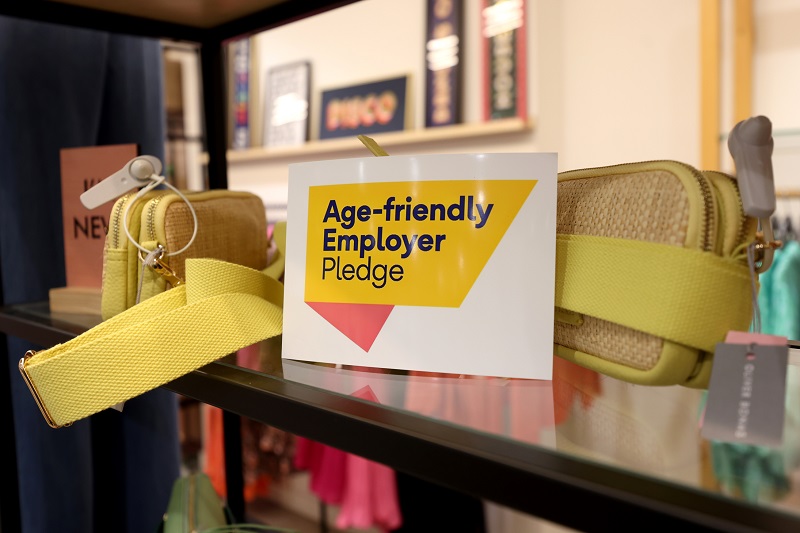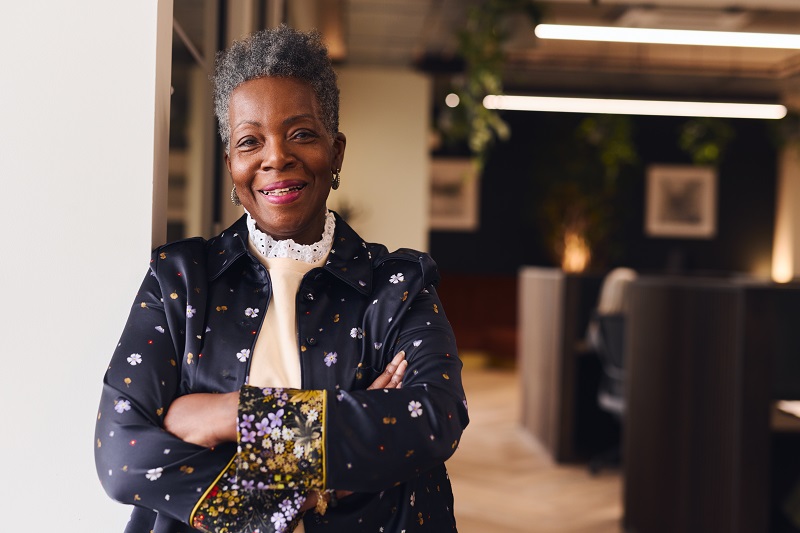An ageing population means older workers and an ageing workforce. This is not something that will happen in the distant future but is already taking place in workplaces across the UK. In the year to the end of January 2019, the UK created 473,000 jobs, of which two-thirds went to men and women over the age of 50.
The simple explanation is that there are not enough young people entering the workforce to replace those who are retiring, one consequence of a decline in the birth rate.
Other issues come into play: for example, a national failure to invest in training has led to skills shortages across many sectors. These are being exacerbated by changes in patterns of migration associated with Brexit. Fewer skilled EU workers are coming to the UK, while many who reside here have chosen to leave. Brexit has yet to happen but its effects are already being felt, particularly in sectors like health and care and hospitality.
This demographic change challenges many of the assumptions that organisations have made about recruitment, retention and training., which are based on traditional career progression from youth to middle age to retirement. Suddenly, employers are finding that the pool of young, inexperienced and relatively inexpensive workers setting out on the careers is drying up. The future, it seems, lies with older workers, men and women who would be preparing for a long and happy retirement, just a generation ago.
Embracing cultural change and older workers
>See also: Age discrimination in the workplace is slowly becoming passe
Barclays, Boots, Aviva and the Co-op are among a growing number of major employers to adopt recruitment policies to specifically target older workers. Their experience shows that employers need to embrace cultural change if they wish to recruit and retain the skills and talent they need among this older workforce.
When it comes to older workers, current approaches to filling vacancies are unlikely to consistently deliver the results necessary to remain competitive. In order to be successful, employers must:
- win senior executive support for a policy to recruit older workers
- adopt recruitment strategies without bias against age
- make workplace adjustments to support older people
Cultural change cannot be achieved without buy-in from senior leadership. The best way to achieve this is by making the business case for employing older workers. This means challenging myths about age in the workplace. Look beyond the stereotypes. Age is not an indicator of ability and studies have shown the perception of older workers being less productive is inaccurate. Older workers are no more likely than younger colleagues to need time off through ill-health or to be late. They may have fewer family commitments, which means they can be flexible with working hours and available during school holidays.
Removing barriers to employment
Companies who give jobs to the over 50s find that they are more likely than younger workers to be trusted by clients and customers of a similar age. So, including older people in your team makes good business sense.
It is critical to communicate to all those involved with HR that age must be no barrier to employment. If this is to become a reality, then approaches to recruitment must also change. Questions you must ask yourself include:
- Do we advertise in the right places?
- Does the language we use put off older people?
- Are our job application forms biased towards youth?
- Are we offering the right benefits to attract older people?
Organisations often claim to be open to employing older workers but say they don’t apply for jobs. This may be because the job ads are a turn-off or they simply don’t see them. Maybe an older person with all the right attributes made tentative inquiries but never got beyond the application form. Why was this? How many other people felt the same? People looking for work often start by looking at an organisation’s website. Is there anything there to suggest that older workers are welcome and fully engaged?
>See also: SMEs failing to benefit from age diversity in employees
Valuing work experience
When it comes to recruitment advertising, think beyond online platforms and social media. If you use an agency, consider how they might come across to older people. Be mindful of the language used in job adverts, which could constitute indirect discrimination. Words like “energetic” or “vibrant” can imply a desire for a younger worker and can discourage older job seekers from applying. Do you really need to ask somebody in the late 50s where they see themselves in five years’ time?
Redesign your approach to recruitment to put greater emphasis on work experience than on qualifications. Remember, many older people do not have degrees because far fewer people went to university 20 or 30 years ago but followed different routes into work. Never dismiss somebody who wants to work for you as “too experienced” or “overqualified”. Instead, consider what benefits they will bring to your organisation.
A suitable environment for all
Another common misconception is that employing and retaining older workers requires significant and costly adjustment at work. Organisations like the Centre for Ageing Better are supporting employers to ensure that the working environment is good for everyone, regardless of age.
Many of the changes employers are advised to make simply amount to good or best practice for employers and should be implemented for all employees in the interests of diversity and inclusion. Flexible working hours are often cited.
Yet the opportunity to work from home or to start the day later is something that appeals to all ages. Workstations must be adapted to support all employees, regardless of age. More broadly, workplaces must be designed to ensure access for all. If this requirement is met, it is unlikely that any further age-specific adjustment is required. In sectors where physical labour is key, health and safety legislation and access to innovative labour-saving technology mean that this should not be a barrier to older workers.
The golden rule for employers is to avoid seeing this issue in terms of younger employees vs older employees. This is about sustainability and about doing the right thing for society. And, as is always the case, what is good for society is also good for business.
>See also: Why businesses will miss out by not hiring older staff









